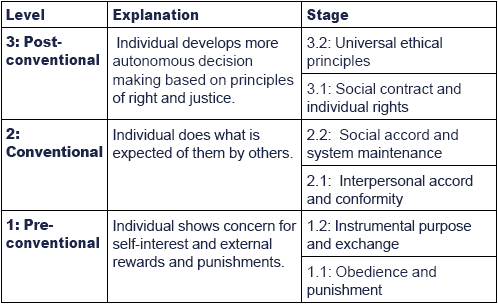QUICK REVIEW:
The Period of Physical and Intellectual Change. The adolescent growth spurt can be seen by the rapid increase in height that occurs in males and females at the beginning of puberty.
- The onset of adolescence is marked by the physical changes of puberty, a stage of development lasting from 13 to 18 years of age.
- Involves rapid physical growth, and a heightening of sexual and romantic interest in others.
- Ethnic, cultural, historical, gender, socioeconomic, and lifestyle variations in life trajectories
- Peers are often more important than parents in terms of attachment and influence.
- The adolescent is capable of reasoning in abstractions for the first time.
- Physical Development
- Cognitive Development
- Socioemotional Development
PHYSICAL DEVELOPMENT:
- Pubertal Change
- Period of rapid skeletal and sexual maturation
- Hormonal changes
- Testosterone in boys
- Estradiol in girls
- The Brain
- Earlier development of amygdala (emotion)
- Later development of prefrontal cortex (reasoning)
COGNITIVE DEVELOPMENT:
- Advance into Piaget’s formal operational state
- Adolescent egocentrism
- Belief that others are also preoccupied with adolescent
- Belief that one is unique
- Belief that one is invincible

Socioemotional Development:
- Erikson’s Theory and Identity Development – Indentity vs. Identity Confusion (5th stage). Erikson viewed the developmental changes occurring throughout life as a series of eight stages of psychosocial development.
According to Erikson’s theory:
- The outcome of turning points or “crises” will partly determine the course of future personality development.
- Each stage represents a pairing of the most positive and negative aspects of the crisis of that period.

Marcia’s Theory of Identity Status:
James Marcia suggested that there are four identity statuses, or stages, in developing who we are as individuals. These stages are achievement, moratorium, foreclosure, and diffusion.
- Exploration of options for career and personal values
- Commitment to, and investment in, an identity path

Kohlberg developed his Theory of Moral Development by presenting boys with moral dilemmas and asking them to evaluate the situation and people involved.
Kohlberg’s Three Levels of Moral Development
1)Premoral Level: Children do not understand morality as a normal adult, and instead make moral judgments based on obtaining rewards or avoiding punishments.
2) Conventional Level: Children begin to make moral decisions based on what they think others will think of them, especially their parents’ ideas of societal rules.
3) Principled Level: Actions are judged on the basis of ethical principles rather than personal consequences.

DEVELOPMENTAL INFLUENCES:
PARENTS:
- As effective managers
- As effective monitors
PEERS:
- Having close friends, but avoiding delinquent peers
ADOLESCENCE:
- Time of evaluation, decision making, and commitment
- Searching for an identity
- Access to legitimate opportunities for growth
References:
Bernstein, D.A. & Nash, P.W. (2008). Essentials of psychology (4th ed.) Boston: Houghton Mifflin Company.
Feldman, R. (2013). Essentials of understanding psychology (11th ed.). New York, NY: McGraw-Hill.
Friedman, H.S. & Schustack, M.W. (2012), Personality: classic theories and modern research (5th ed). Boston: Pearson Allyn & Bacon.
McGraw-Hill.McGraw Hill Higher Education (2013), The McGraw Hill Companies, Inc.
Ryckman, R. M. (2013). Theories of personality (10th ed.). Mason, OH: Cengage Learning.
